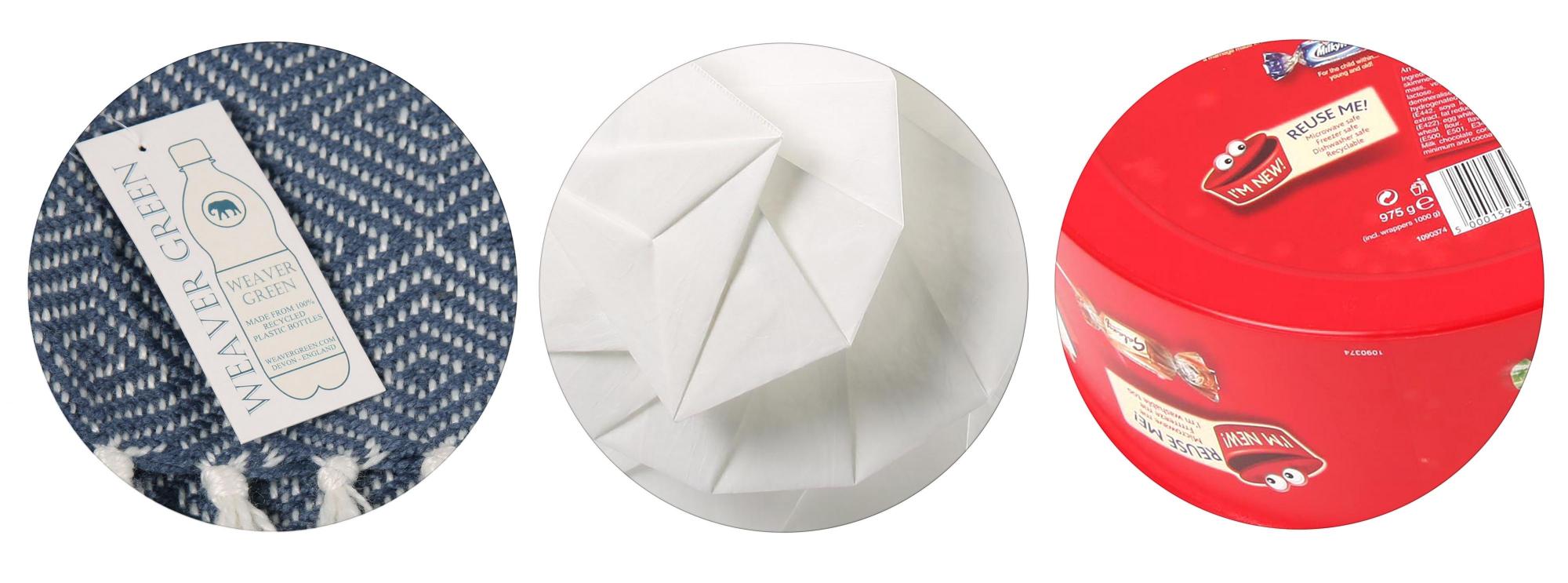In 2019, the European Union published a directive that aimed to promote circular approaches to manufacturing giving priority to sustainable and non-toxic reusable products and re-use systems over single-use alternatives. The planned outcome of this directive is to first and foremost reduce the quantity of waste generated. For similar reasons, in 2022, the UK Government introduced a tax on plastics packaging, and in the same year the United Nations adopted a resolution to end plastic pollution. Such treaties, agreements, and laws are created in recognition that waste mismanagement and plastics pollution have a detrimental effect on our environment and ecological future.

Often consumers are made to feel responsible for the environmental impact of their product choices. However, designers and manufacturers are now, more than ever, being legally and morally encouraged to take the lead and provide consumers with better options. Design and manufacturing can have the greatest positive impact by using all materials effectively and efficiently.
The objects on display within this exhibition demonstrate ways in which the reuse of raw materials, as well as products, help to reduce our reliance on single-use plastics. They also show how products can be created to support recycling at the end of their useful life, and the variety of ways a single recycling resource can be used.
Have you seen good examples of reuse solutions that we have not included? Share your thoughts by emailing us at modip.ac.uk.
